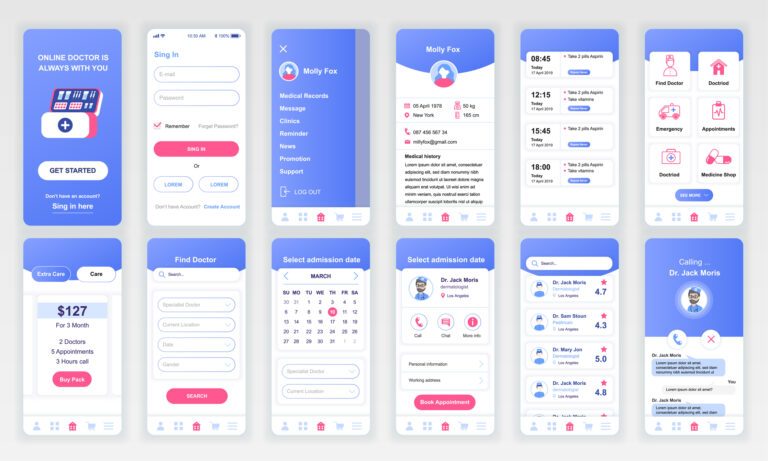
Deceptive patterns intentionally mislead you
Deceptive patterns are experiences that are designed to trick you into doing things you typically wouldn’t want to do. These are often carefully created user interface elements that aim to deceive the user. Harry Brignull was the first UX specialist to coin the term “dark patterns” to describe these deceptive interactions. We use the modern term “deceptive patterns” to describe the same concept in order to use inclusive language.
“When you use websites and apps, you don’t read every word on every page – you skim read and make assumptions. If a company wants to trick you into doing something, they can take advantage of this by making a page look like it is saying one thing when it is in fact saying another.” – Harry Brignull
Check out Harry Brignull’s website Dark Patterns to learn more about his findings.
Deceptive patterns evolve with technological advancements
As technology advances, deceptive patterns have expanded from user interface tricks. Users may run into deceptive patterns when they have a hard time or can’t complete a task they want to do — like cancel a service or unsubscribe. That’s because the goal of a deceptive pattern is to deceive the user into doing things that are better for the company in the short-term.
Unfortunately, a lot of people have been tricked or confused by these deceptive methods. At Standard Beagle, some of the more common deceptive patterns we have come across include:
- The hard-to-find unsubscribe button in that pesky email campaign
- A subscription service that has no easy way of cancelling
- That speck of ‘dust’ on an ad that encourages a tap to ‘clean it off’
- The subtle or non-existence escape cue to leave a popup ad
- Signing up for recurring bills
The pesky email unsubscribe
Think about a time when you wanted to unsubscribe from a mailing list. You scroll to the bottom of the email to but the unsubscribe button is low contrast, opposite to the other link styles, and extremely hard to find.
Maybe it’s buried in paragraphs or placed in an area that is uncommon to the action. Or it might include a different set of words that you’re not expecting to see, like ‘remove from mailing list.’ Or the link might be hidden because it’s the same color as the background.
Cancellation friction
A deceptive pattern can also create unnecessary friction to prevent you from doing something that would be bad for the company. One example is how some company websites works really hard to prevent you from cancelling an account or subscription.
Have you ever spent 15 minutes or so searching for a way to cancel? You look in your account details, settings, scroll through the landing page. Finally, you just search ‘cancel account’ and find an article in the search query which tells you to call a number. By the time you figure out how to cancel, you may be wondering if it’s worth the effort required. You might abandon the entire idea if you have to wait for support on the phone.
Now, compare this to a thoughtful experience when there is an easy to find cancel option right at the top of account information. You select ‘cancel’, confirm the cancellation, and it takes two minutes instead of thirty.
Deceptive patterns can be unintentional
With that said, not all misleading patterns are intentional. UX designers may not even realize that they’ve designed an experience that tricks or deceives users. User testing key interaction flows is a great way to spot an experience gone wrong. Testing provides the feedback needed to make an experience better. To learn more about UX testing methods, check out A Guide for User Testing or 5 Benefits of Usability Testing.
If you are a UX designer, learning about how deceptive patterns are used in UX is a great way to avoid implementing these techniques into your design. Playbook UX created a 4-minute educational video, What Are Dark Patterns in UX?, which describes the most common patterns used with examples of what they look like.
Educate yourself against deceptive patterns
Unfortunately, there is little legislation banning the use of deceptive patterns. No one likes being deceived, but you can learn how to defend yourself against deceptive patterns by learning about them.
The examples listed above just scratch the service of what a deceptive pattern can look like, but there are many other deceptive patterns to be aware of. As mentioned above, Harry Brignull’s website is a great place to learn about the most common deceptive patterns used.











